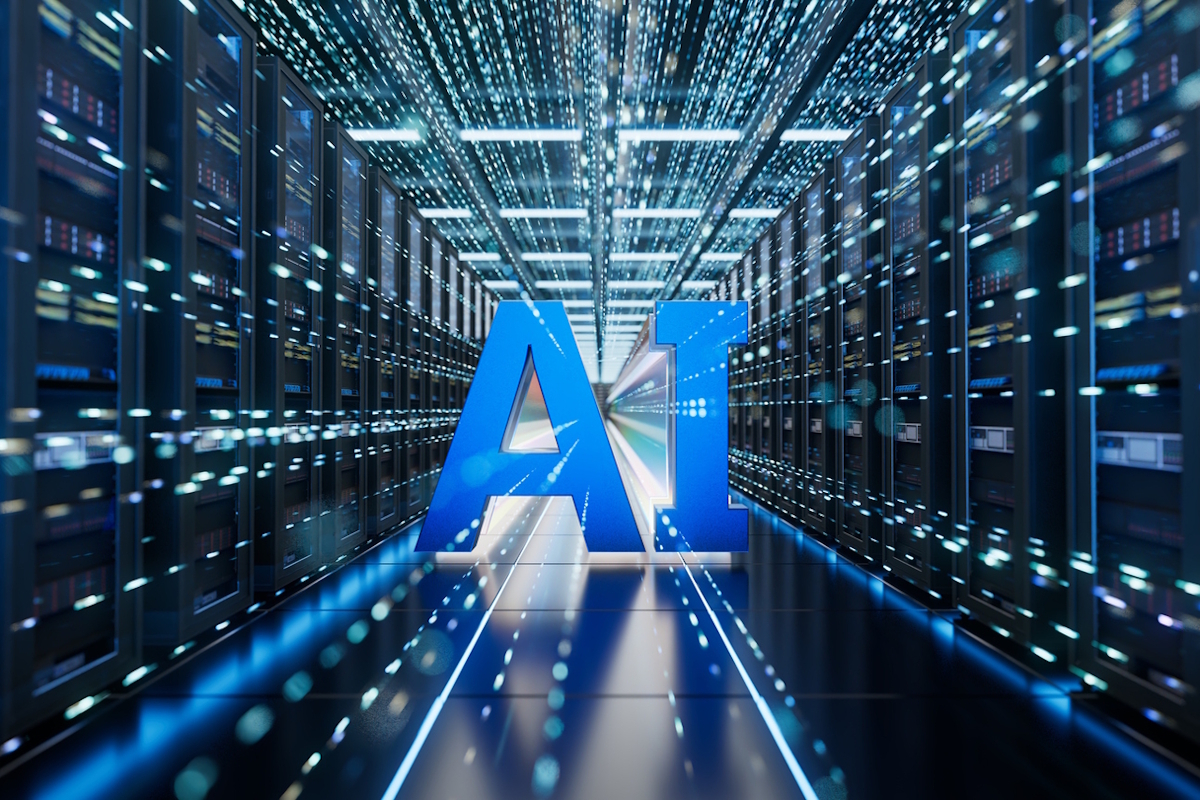The path to effective AI-adoption

David Torgerson at Lucid Software argues that organisations need to focus more on developing and implementing clear guidelines and policies on the responsible and effective use of AI
AI usage is rapidly increasing, with 42% of organisations already implementing AI solutions and another 40% actively piloting use cases, the pace of change is undeniable. While the momentum is exciting, it introduces real challenges – particularly in security and data privacy. To scale AI responsibly, businesses need robust safeguards in place to protect both infrastructure and employee data.
Beyond the technical side, a lack of strategic clarity is holding many organisations back. Without a cohesive AI strategy, many organisations find it difficult to progress from initial experimentation. The result? Missed opportunities to drive innovation, operational efficiency, and growth.
Unlocking AI’s promise
AI is already helping today’s workforce get more done. A recent survey conducted by Lucid Software revealed 49% of workers use AI to automate repetitive tasks — freeing them to focus on higher-value work instead. Workers also recognised AI’s broader potential, with improved productivity (62%), seamless integration with existing workflows (41%), cost savings through consolidated tools (40%), and enhanced communication and decision-making (38%) being cited as key potential benefits of AI adoption.
Yet, despite decision-making being a top advantage, only 23% of workers currently use AI for this purpose. Bridging this gap will require a thoughtful, inclusive approach — aligning AI with business objectives and continuously refining its role to maximise its impact.
The split in optimism
While there’s broad optimism about AI’s potential, the enthusiasm varies by role. For instance, 68% of executives believe AI will enhance their job satisfaction, yet this drops to 53% among managers and only 37% among entry-level employees.
This gap in perception is a barrier to adoption. Many workers are already using AI for basic tasks, but its deeper potential remains untapped. Only 26% use AI for synthesising ideas or research, and just 19% leverage it for designing diagrams. To move beyond surface-level use, organisations need to integrate AI intentionally—embedding it into workflows in a way that enhances, not disrupts.
A common misconception about implementing AI is that it’s only useful if it produces perfect results, but that mindset overlooks its true value. Right now, AI isn’t meant to replace entire workflows. It’s most effective when augmenting specific tasks, removing bottlenecks, and enabling teams to focus on higher-value work. Organisations that recognise and embrace this incremental approach will see the greatest impact.
Navigating and overcoming key concerns
Despite good intentions, many organisations haven’t clearly communicated their AI guardrails. While 88% of companies say they’ve actively implemented guidelines, only 29% of entry-level employees feel confident their company actually has these rules in place. Combined with concerns around job security (33%), this has resulted in a third of businesses reporting a resistance to change as a top challenge when implementing AI.
Education is key—and right now, it’s uneven. Executives are more likely to seek independent learning opportunities, 39% compared to 13% for entry-level workers. This underscores the need for an intentional, accessible, and continuous AI education framework for all employees. Effective change management strategies that communicate AI’s benefits, address concerns empathetically, and involve employees in the transition can build trust and demonstrate that AI complements rather than replaces human effort.
The road to success
In today’s workplace, AI sparks a mix of curiosity and concern. Though already delivering concrete advantages in productivity and decision-making, these benefits are often eclipsed by concerns, resistance to change, and knowledge deficits.
Leaders must intentionally align their teams through supportive training on AI implementation. Building common understanding and providing proper tools will help organisations fully leverage AI’s capabilities.
David Torgerson is VP of Infrastructure and IT at Lucid Software
Main image courtesy of iStockPhoto.com and Just_Super

Business Reporter Team
You may also like
Related Articles
Most Viewed
Winston House, 3rd Floor, Units 306-309, 2-4 Dollis Park, London, N3 1HF
23-29 Hendon Lane, London, N3 1RT
020 8349 4363
© 2025, Lyonsdown Limited. Business Reporter® is a registered trademark of Lyonsdown Ltd. VAT registration number: 830519543





